The Ever-Expanding World of Coffee
Coffee has become an art-making ranging from vanilla lattes to mochas with chili.
Photo by Kayla Licon
Two iced vanilla coffees sit in the sun, ready to be enjoyed.
Coffee, you’ve probably heard of the drink. Around 64% of Americans drink coffee on a regular basis, according to Mirjana Dobric, a coffee addicted writer and the author of “36 Amazing Coffee Statistics & Facts That Will Wake You Up!”. That’s a lot of people, and it can make you wonder how this bitter brown bean water got turned into the seemingly endless variety it is today.
It begins with the decade-old argument “I had it first!” between siblings and apparently neighboring countries. These two countries are Ethiopia and Yemen. The NCA (National Coffee Association) will tell you that the winner of that argument is Ethiopia which in actuality is only partly true. While the Coffea Arabica plant is native to the Ethiopian plateau, the first supposed sighting of the grinding, roasting, and brewing of a good ol’ cup of jitter juice is in Yemen.
Coffea Arabica is the first coffee bean out of the four types to be found. Coffea Arabica beans are the most common kind of coffee beans; they tend to be sweeter, less acidic, with a sugary chocolate-like taste. The second most popular kind of coffee bean is Coffea Canephora commonly known as the Robusta Coffee bean. This coffee bean is immune to any kind of virus unlike the Arabica, however, it has twice the caffeine resulting in a bitter taste. The other two less popular kinds of coffee beans are Liberica and Excelsa. Liberica is said to have a woody metallic taste and is slightly bitter while Excelsa (a branch of Liberica) has more of a fruity, dark, mysterious taste and is lower in caffeine. For more information about the four kinds of coffee beans you can go to “Types of Coffee Beans and What Sets Them Apart” written by the District Roasters.
Now that we got some coffee bean background we can skip ahead a little to the 1950’s. According to the official Safari Coffee website Marc Jennett is the owner, founder, and master roaster of Safari Coffee. He explained how his father was in the coffee business back in the 1950’s-60’s when coffee in America was good. Then he went on about how coffee roasters in the 1970’s wanted to make more profit so they started to import Robusta coffee beans. However, because of robusta’s bitter “burnt tire taste,” people stopped drinking coffee. It stayed like that until the 80’s when coffee roasters around America decided to bring back the Arabica bean. It took a couple of years but coffee was back on top again. Then In 1995 the first-ever Starbucks Frappuccino was released. The Frappuccino was revolutionary, it not only gave a new flavor to coffee but it also gave competing companies the push they needed to get creative with coffee and make it their own. Since then people have made coffee an art-making everything from mochas with chili to different flavored lattes like pumpkin and lavender. Coffee continues to grow and change because it is, the ever-expanding world of Coffee.
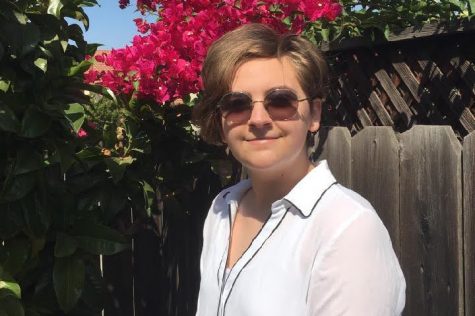
Izzy Brousseau is a freshman who joined the Silvertip as a staff writer in 2020. She has been celebrated for her informative and argumentative writing,...
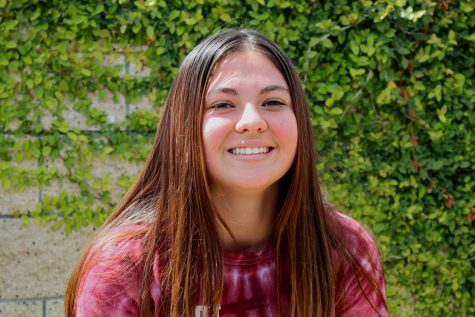
Kayla Licon is a junior who joined the Silvertip staff in 2020. Kayla believes that being a part of the Mission Hills Silvertip offers unique high school...

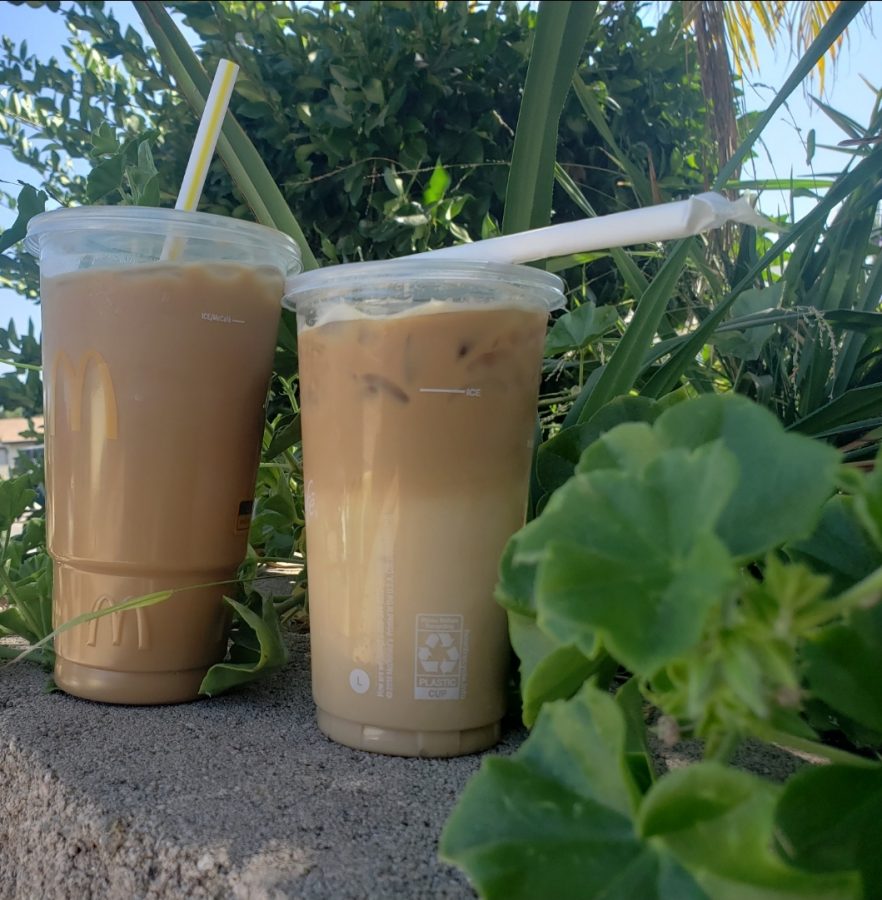

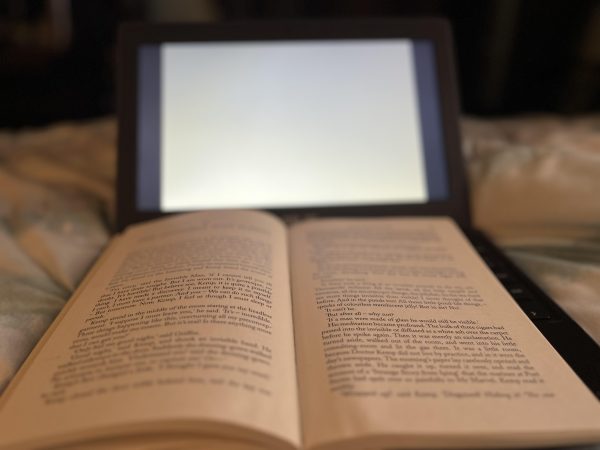

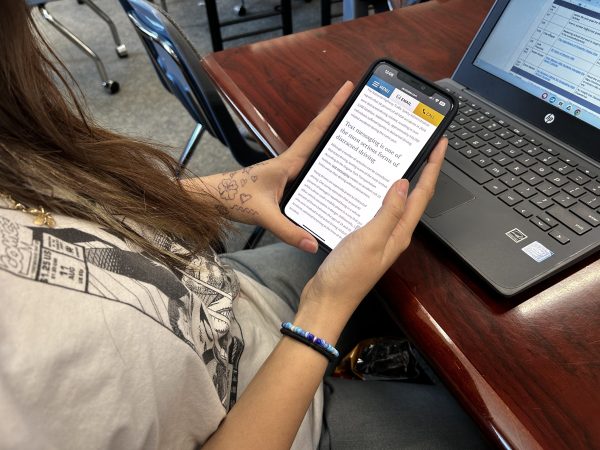

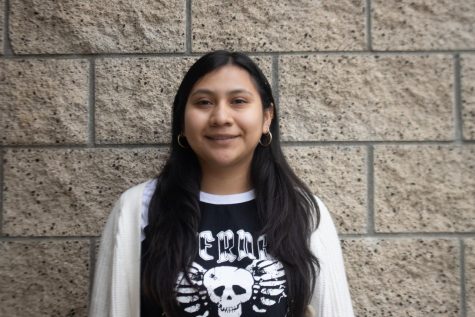
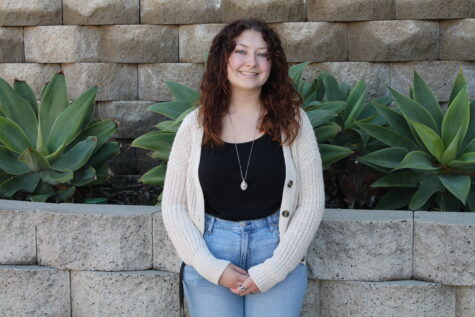

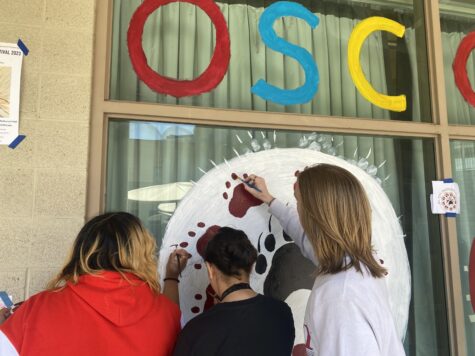
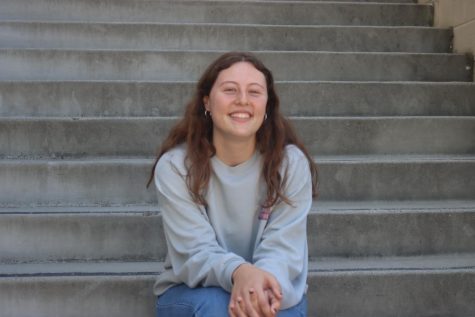
Kenadie • Nov 6, 2020 at 10:18 am
This is super cool, there is a ton of information here that I did not know before.